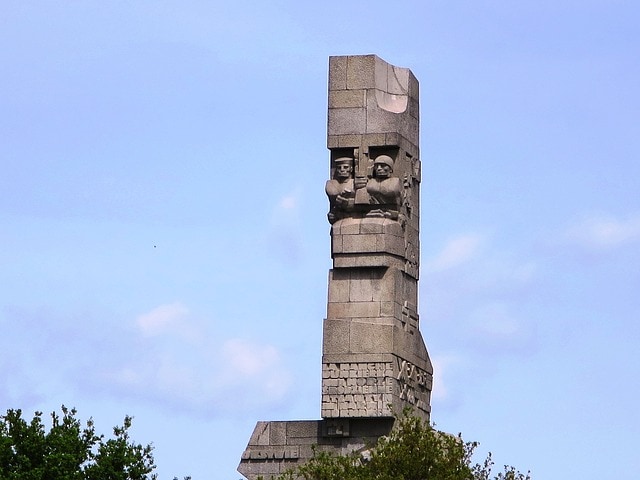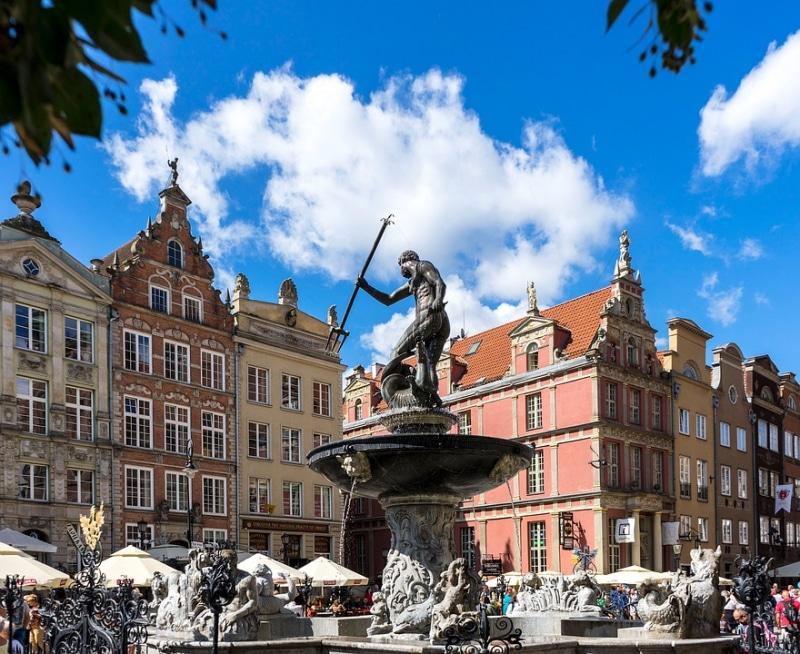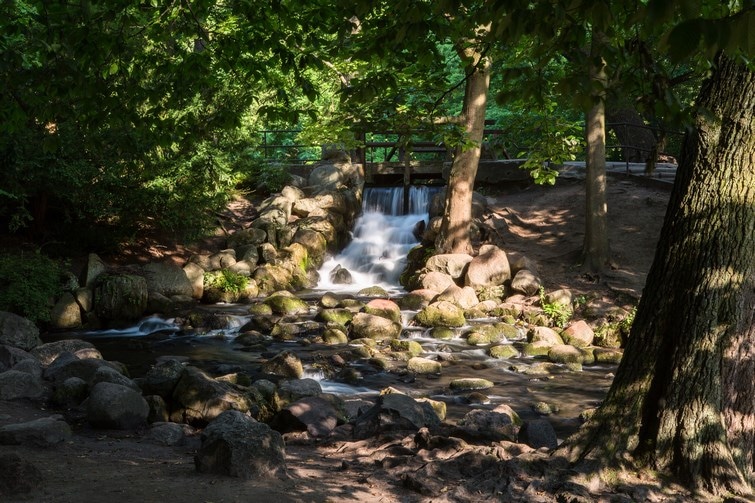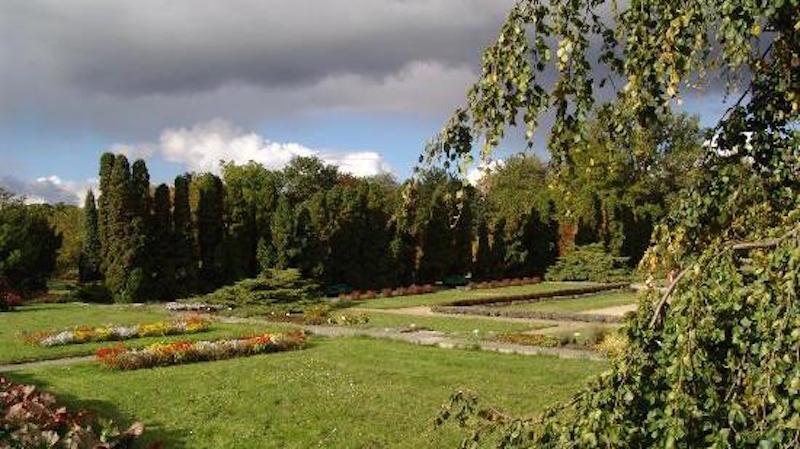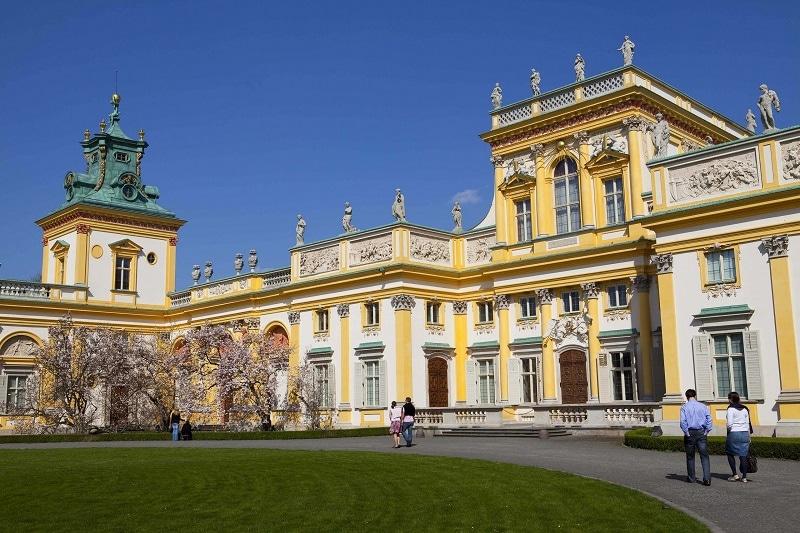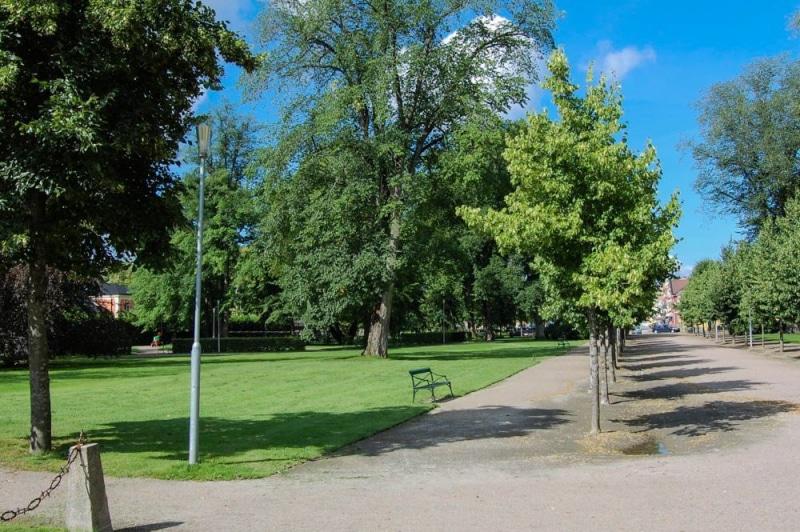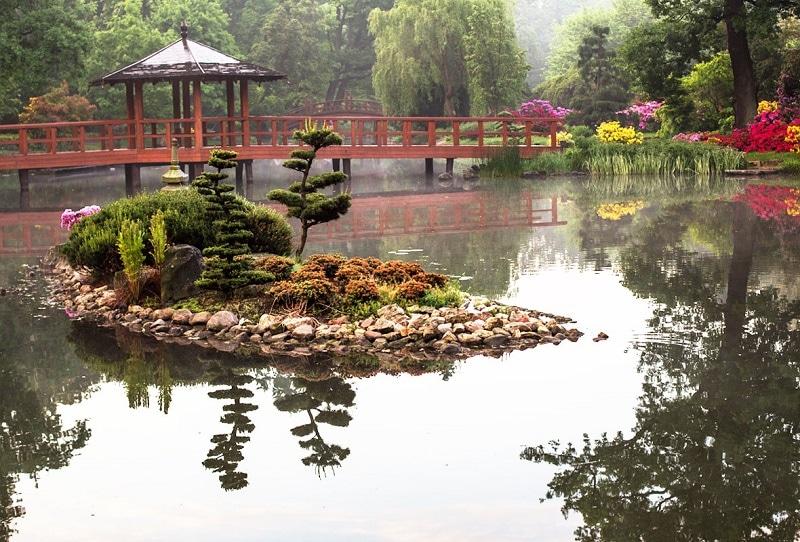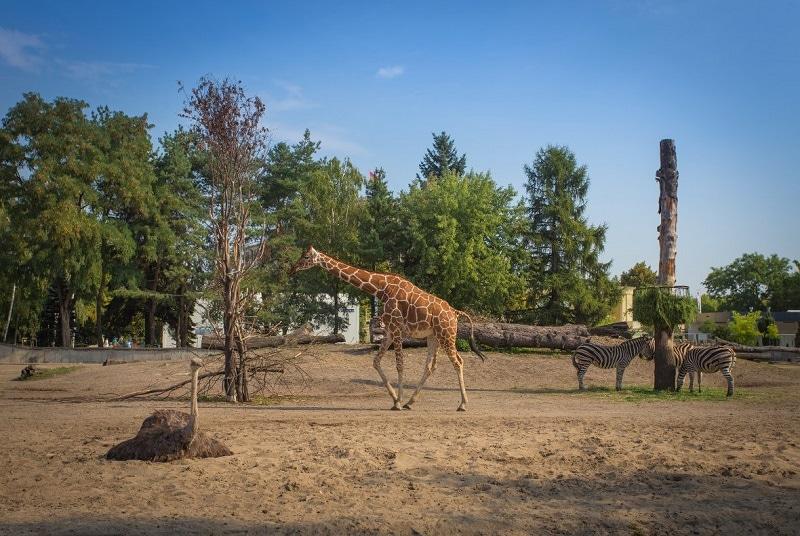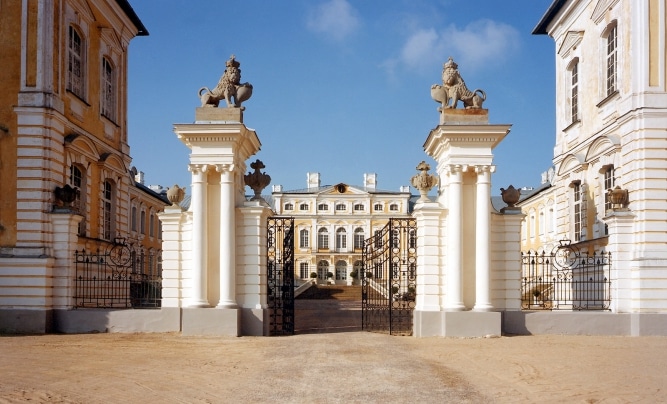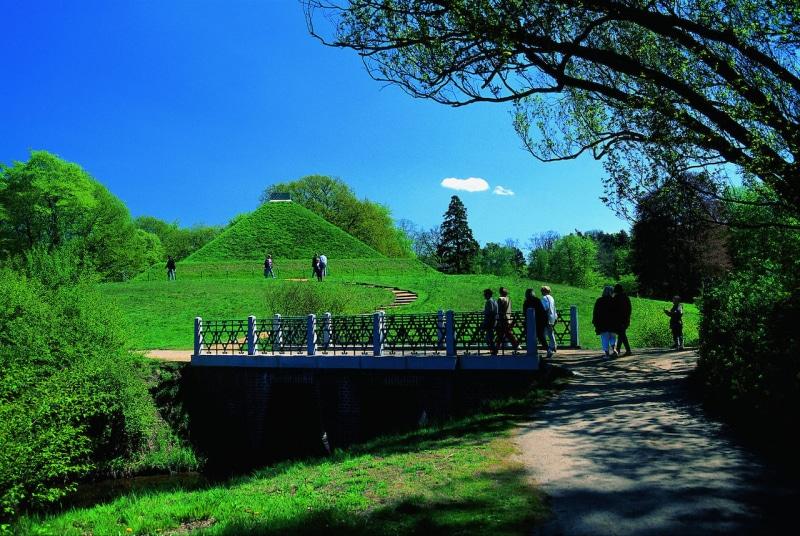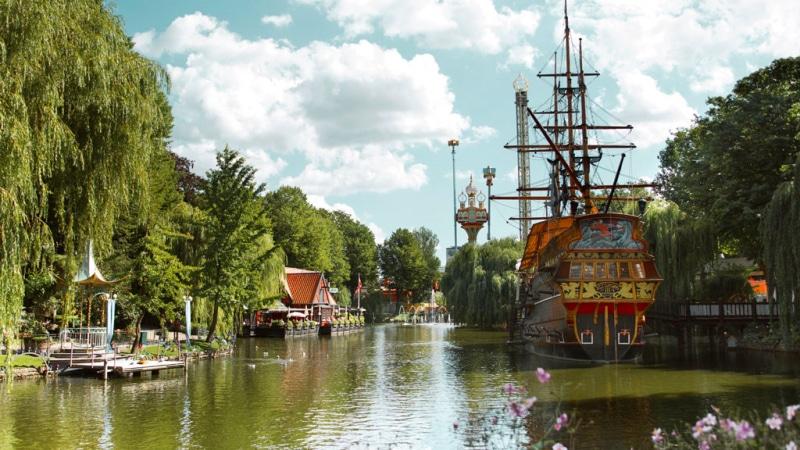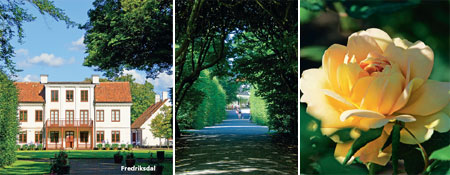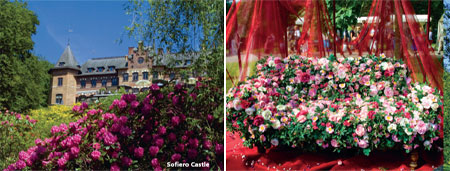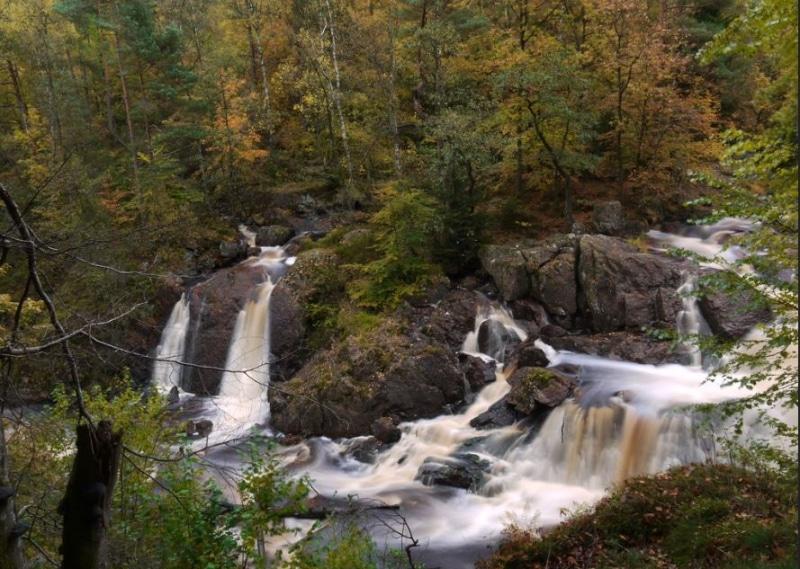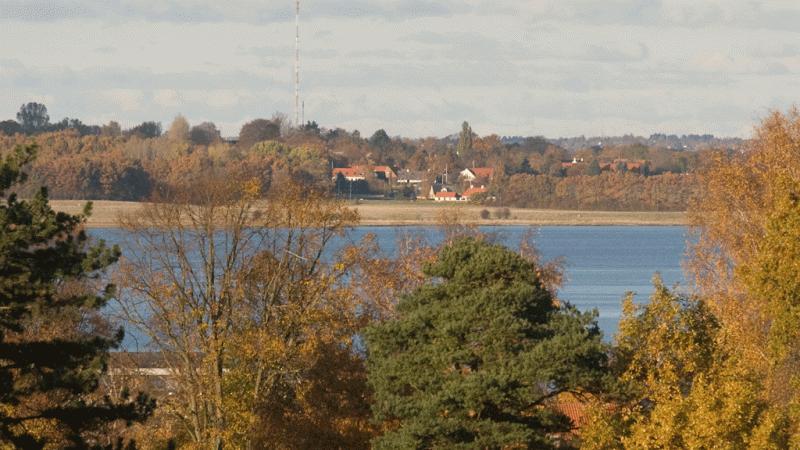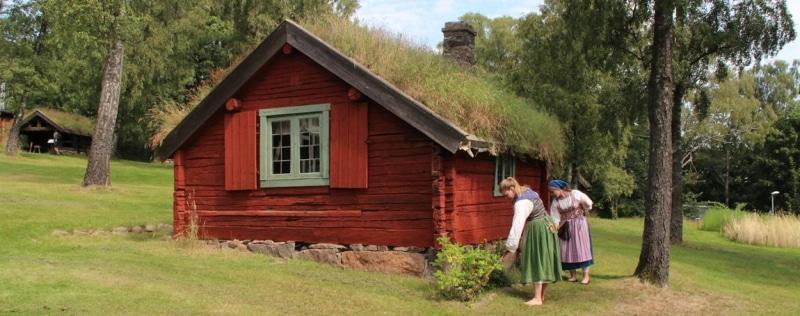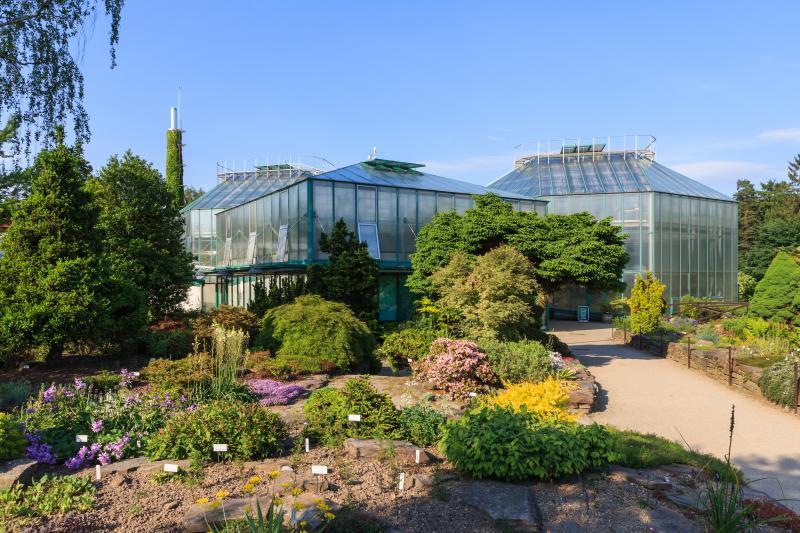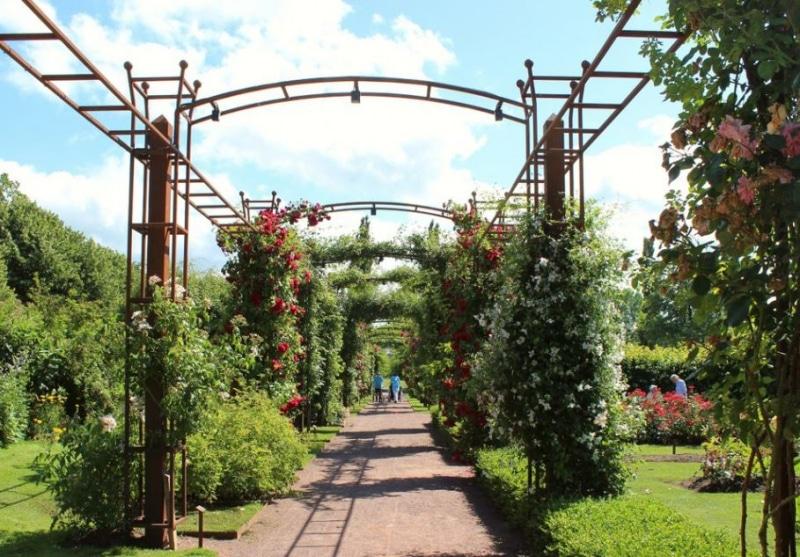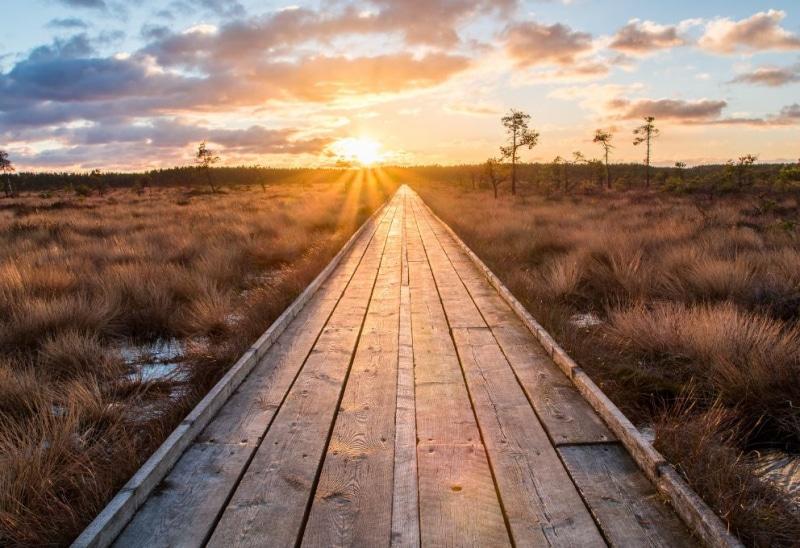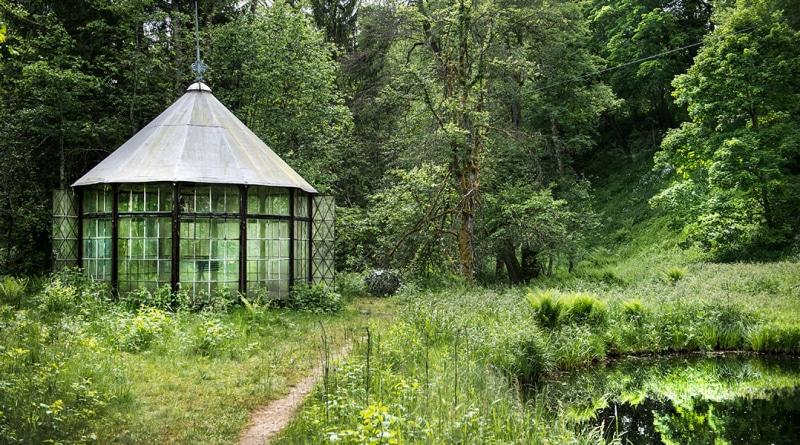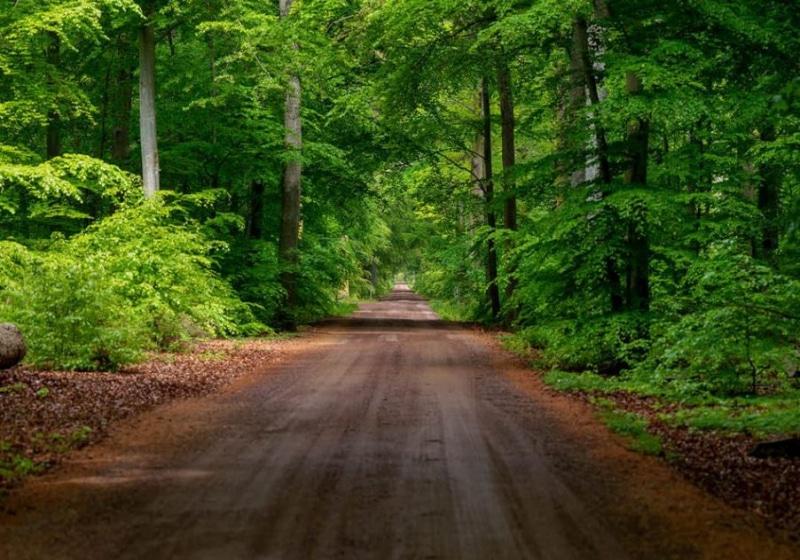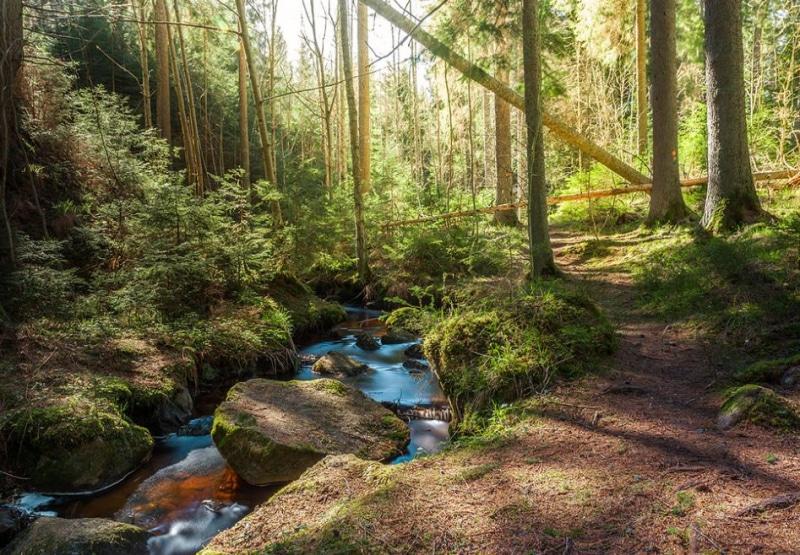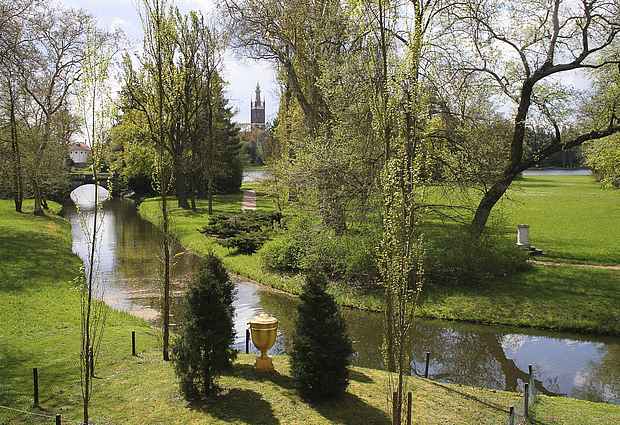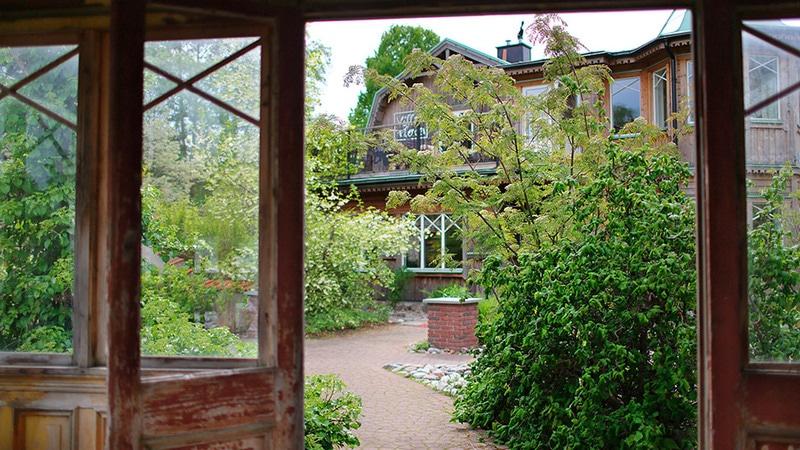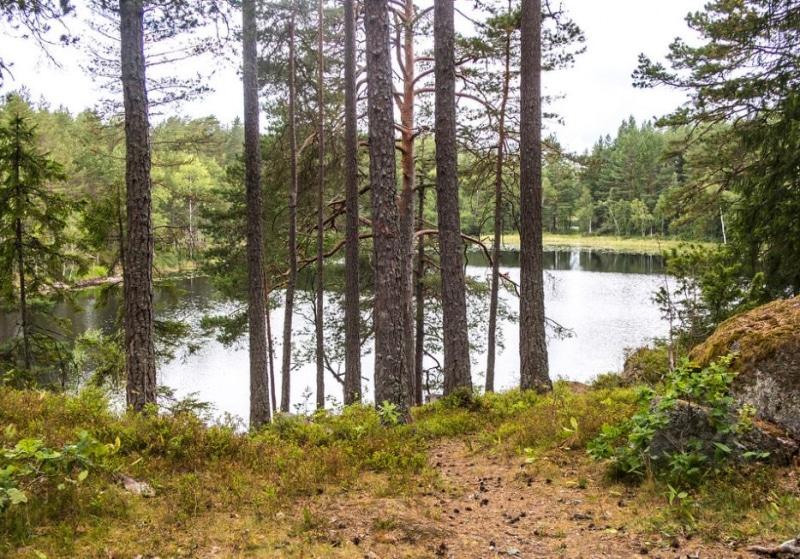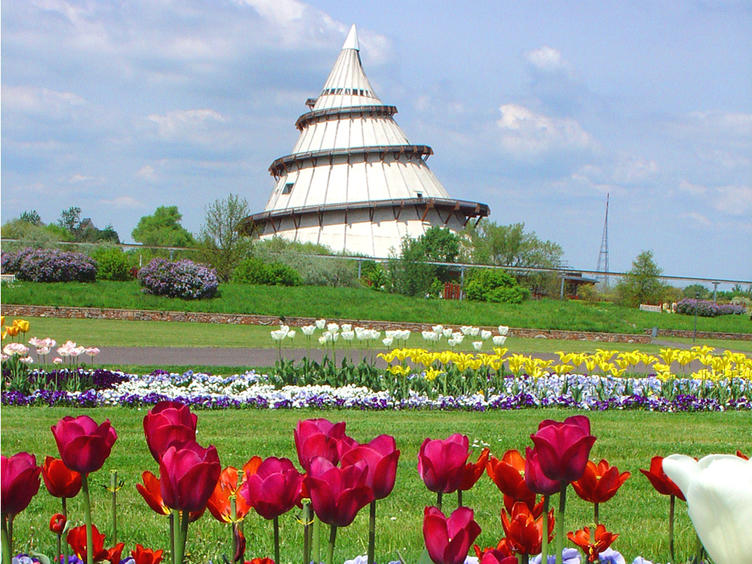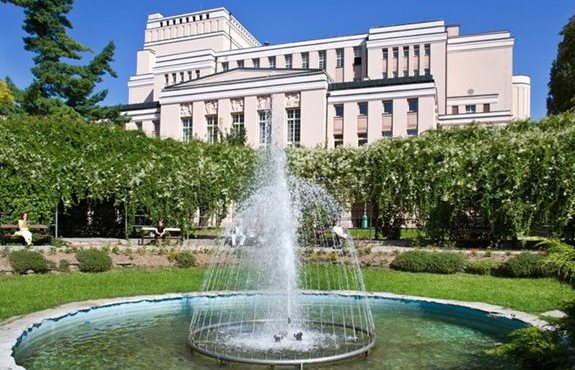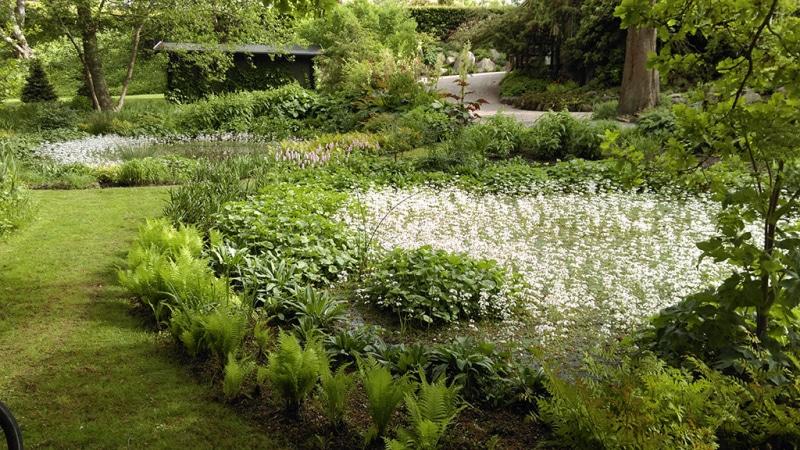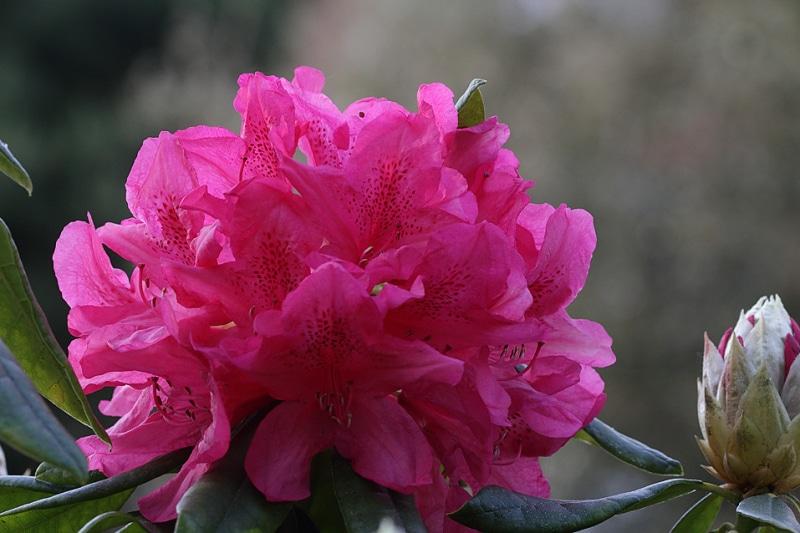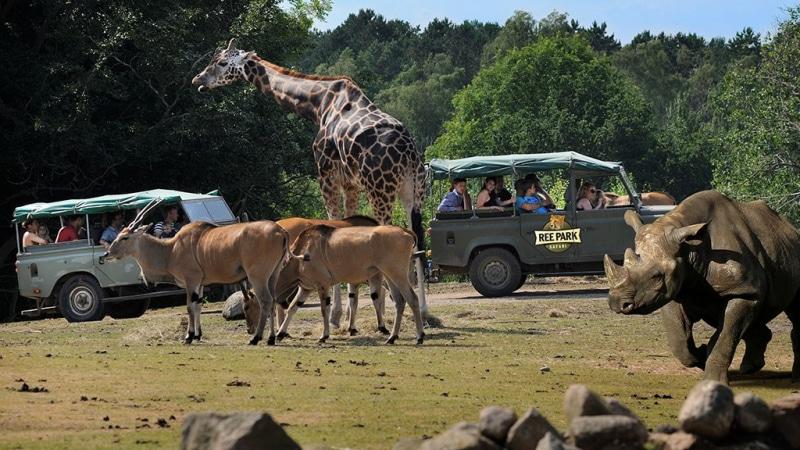ParksandGardens, Gdansk
Removed from Unnamed collection
Westerplatte
The monument was build to preserve the unique historical values, spatial tangible and intangible, symbolizing the heroism and bravery of Polish soldiers during the Second World War - the largest of the wars of the twentieth century. https://www.gdansk.pl/turystyka/Szlak-turystyczny-Westerplatte,a,6189
Map
Removed from Unnamed collection
The Neptune Fountain
The Neptune Fountain has stood in front of the Artus Court since 1633 and is a symbol of Gdańsk. It was built on the initiative of the Mayor of Gdańsk, Bartłomiej Schachmann. http://www.gdansk.pl/en/for-tourists/Tourist-Attractions,a,12042
Map
Removed from Unnamed collection
Oliwa Park
Adam Mickiewicz Park also referred to as the Oliwa Park is one of the best known places in Gdańsk. The extraordinary location of the park, beautiful flora and small climatic paths of the Park create a unity that is irresistible. The park itself dates backs to the Cistercians who started a vegetable and herb garden by their monastery. Starting your stroll in the Park from the entrance at ul. Grunwaldzka following the longitudinal pond we can see the Botanic Garden created after World War II and where the visitors can also enter the enchanting Palm House. The main path of the Park, stretching from the entrance from ul. Opata Rybińskiego leads to the French part of the Park where you can see the Abbot Palace and further on the path leads to the Oliwa Cathedral. The Abbot Palace now houses a branch of the National Museum in Gdańsk, exhibiting contemporary art. In the Cathedral in the Oliwa Park one may listen to organ concerts and participate in the Organ Music Festival which is organised every summer. In the Park there are many sculptures to admire like: Exhibition of Contemporary Sculpture of Gdańsk, Swietopelk the Great and Mestwin II monuments and the bust of Adam Mickiewicz. The National Museum has another branch in the Oliwa Park - Branch of Ethnography located in the Abbot Granary. Now the Oliwa Park has been expanded with new gardens, e.g. a Japanese garden where you can have some rest during a steady walk and admire the beauty of one of the former city gardens in Gdańsk. http://visitgdansk.com/en/corobic/The-most-beautiful-parks-in-Gdansk,a,27
Map
Removed from Unnamed collection
Orunia Park
This is one of the oldest parks in Gdańsk, second largest after the Oliwa Park and located in a completely different part of the city than the first one. It is less known but as charming and worth seeing. In the park there are two ponds and the Park itself is surrounded with hills to which local legends are attached. In the Park we can admire ponds, waterfalls and beautiful alleys with interesting tree varieties. The linden alley and the view of weeping willow trees over the pond add to the charm of the place. Right by the Park there is a historic 19th century manor house. Recently a large playground for children was built in the nearby. That is why it is a place not only for walks but also a place to spend time with the whole family. http://visitgdansk.com/en/corobic/Orunia-Park,a,27,2
Map
Explore more places related to this search:
Removed from Unnamed collection
Botanical Gartens
The Botanical Gardens are a research and teaching division of Adam Mickiewicz University, considered to be one of the most modern and beautiful gardens of its type in Europe. Covering more than 22 hectars, it contains an imposing cillection of over 7,000 species and varietes of plants from almost every climate zone of vegetation around globe. http://www.poznan.pl/mim/turystyka/en/botanical-gartens,poi,3338/botanical-gartens,51934.html
Map
Removed from Unnamed collection
Royal Lazienki Museum
This vast park is a favourite place for Varsovians where they go for long walks amid beautiful nature and architecture to rest from the hustle and bustle of the city. At the heart of the park is the summer residence of the last king of Poland – Stanisław August Poniatowski. The name of the complex comes from the seventeenth-century bathhouse of a Polish nobleman, rebuilt in the 18th century into a palace. Here, in the Palace on the Island, King Stanisław August Poniatowski hosted his famous Thursday dinners, to which he invited scholars and poets to discuss the issues of the day. Today it is a museum where you can admire paintings from the royal collections.
In the grounds of Łazienki you will also see an orangery, an amphitheatre, an eighteenth-century court theatre, the Museum of Hunting and Horse-riding, the Myślewicki Palace and numerous free-standing sculptures. http://warsawtour.pl/en/project/lazienki-krolewskie-museum-2/
Map
Removed from Unnamed collection
Museum of King Jan III's Palace at Wilanow
Wilanów Palace is a true pearl of Baroque architecture in Warsaw. Learn about King Jan III Sobieski, who successfully fended off the Turks in the battle of Vienna and who lived in Wilanów with his beloved Marysieńka. Take a walk in the park and tour the palace interiors; see the portrait gallery and listen to stories of great romances. The building and the park have both kept their original form, despite the partition, war, and occupation.
See the home of King Jan III Sobieski, the vanquisher of the Turks at Vienna, who in 1683 stopped their march through Europe. The ruler, who gained the nickname of the fearless Lion of Lechistan, lived in the palace with his beloved wife, Maria.
In the palace, you will see the king’s apartments and the suites of Queen Maria Kazimiera, which include the Chinese, Dutch and Antiquities rooms and the Potocki Museum. Stop for a moment in the White Room to see images of other palace owners and people associated with it.
Wilanów Palace is a must-see when visiting Warsaw. In the wintertime, the venue, illuminated with thousands of lamps, transforms into the Royal Garden of Lights. http://warsawtour.pl/en/project/museum-of-king-jan-iiis-palace-at-wilanow-2/
Map
Removed from Unnamed collection
Linneparken
The Linnéparken is located directly at the cathedral in the center of Växjö and is part of the city park of Växjö, along the lake Växjösjön. The Linnéparken consists of three differently designed areas – an English park with winding paths and large trees, a modern park with open green spaces, playgrounds and water areas, as well as a classic formal park.
An important theme of the park is dedicated to the world-famous botanist Carl von Linné. Born in Råshult, Småland in 1707, Linné was a high school student at Karolinerhuset, which is located in the northern part of the park next to the cathedral. As a professor of botany at the university in Uppsala, he developed the system of the Latin naming of living creatures and plants and their classification, which has so far been used in biology. Planting in the Linnéparken illustrates the Linnaean system for dividing plants into 24 different classes.
There is also a cactus planting in the park, which is included in an annual changing plant theme, a flower path, various shrubs, as well as an open-air stage. https://www.guidebook-sweden.com/en/guidebook/destination/linneparken-park-vaexjoe
Map
Removed from Unnamed collection
Huseby Bruk
Beautiful Huseby Bruk shows you a bygone era. Go for a stroll in the park and gardens, and visit the well-preserved castle. At the old ironworks, the stories of the 1800s are told over and over again.
The main building at Huseby is reverently called the castle. Many remember Ms Stephens, the last owner of Huseby. In her last will and testament, she wrote that everything should be preserved for coming generations to take part in. The interior decor remains, and much of it comes from her parents’ time and up until the middle of the 1800s. The Stephens family were close to the royal house and sometimes had royal visitors at Huseby Bruk.
The park and garden have been recreated in their 19th-century form. Much was documented – even shopping lists for seeds. The park is characterised by ‘embroidered’ flower beds that Miss Stephens’s mother Elisabeth Stephens designed. But the kitchen garden might be the best thing about Huseby - it is a real utility garden that used to supplied the work's gentry with vegetables, fruit and berries. It was designed with nine areas and follows a model from older times. Ms Stephens loved different breeds of hens and today, too, there are hens and peacocks to look at. https://www.visitsmaland.se/en/experiences/culture-and-history/huseby
Map
Removed from Unnamed collection
Park Szczytnicki
The park with an area exceeding one hundred hectares is outstretched between Różyckiego, Paderewskiego, Kopernika and Olszewskiego streets.
The first park in this place was established by L. Hohenlohe, the commander of the city garrison, in the area of the then-existing village of Szczytniki in the suburbs of Wrocław in 1783.
The park with an area of 16 hectares was maintained in English style, but it was heavily destroyed by Napoleon’s soldiers in 1806. In 1833, the recreational areas in this part of the city were enlarged – not only did the park become bigger, but also a racing track was created south of it and functioned there till the beginning of the 20th century. The current appearance and richness of Park Szczytnicki owes much to Peter Joseph Lenne – a royal gardener who arrived in Wrocław from Berlin. At the end of the 19th century, a dyke system was established. Later, at the turn of the 20th century and on the occasion of the Exhibition of the Century in 1913, Park Szczytnicki was enriched with objects that have remained interesting till today and are important points of sightseeing routes. In 1913, the wooden church of Jan Nepomucen was moved to Wrocław and established in the eastern part of the park. Built at the turn of the 17th century, the building had been previously located in Stare Koźle. https://visitwroclaw.eu/en/place/park-szczytnicki
Map
Removed from Unnamed collection
Wroclaw Japanese Garden
It is one of the most popular places for walks. Apart from a few hundreds of original plants, trees, bushes and flowers, there are also Japanese buildings: the gate and the tea pavilion.
One of the attractions of the Garden is a pond with enormous carps and other species of fish. The Garden often hosts events like tea perking, concerts and open-air happenings.
The Japanese Garden was created in the beginning of the 20th century, on the occasion of the Global Exhibition in 1913. It was an initiative of count Fritz von Hochberg, who employed a Japanese gardener Mankichi Arai. After the Exhibition it was dismantled but the plants and the arrangement of alleys and the pond remained the same.
The idea of renewing the Japanese Garden in Wrocław appeared in the 90s. The reconstruction lasted three years, the specialists from Japan came to assist, but the Garden did not survived for long. Two months after the inauguration, the Garden was destroyed by the flood. 70% of the plants were lost. The next opening of the Japanese enclave took place in October 1999. https://visitwroclaw.eu/en/place/japanese-garden-wroclaw
Map
Removed from Unnamed collection
Wroclaw Zoo
The Zoo in Wrocław was created in 1865 and had a dozen hectares of surface. Today on 33 ha live 10,000 animals.
Zoo in Wrocław is the oldest and the richest in fauna in Poland. It is possible to see the animals from every continent and environments, for example in Madagascar, Sahara or Europe Pavillons.
In the last few years many new enclosures have been built, for example for bears and wolves. There are also new animals, among which very rare species like okapi. https://visitwroclaw.eu/en/place/zoo-wroclaw
Map
Removed from Unnamed collection
Rundale Palace and Museum
The Rundale Palace is set amidst the fertile Zemgale Plains in the south of Latvia. Most of the interior decorations were created between 1765 and 1768 when a sculptor from Berlin Johann Michael Graff, and Italian painters from St. Petersburg Francesco Martini and Carlo Zucchi worked at the palace. http://www.latvia.travel/en/sight/rundale-palace-and-museum
Map
Removed from Unnamed collection
Park Branitz
Branitz Park near Cottbus represents the life’s work as well as the later work of the eccentric landscape gardener Hermann Prince von Pückler-Muskau (1785–1871) and is a masterpiece of the eccentric landscape gardener. http://cottbus-tourismus.de/en/experience-and-detection/parks-of-cottbus.html
Map
Removed from Unnamed collection
Tivoli Gardens
Tivoli Gardens was founded in 1843 and has become a national treasure and an international attraction. Fairy tale writer Hans Christian Andersen visited many times, as did Walt Disney and many other celebrities, who all fell in love with the gardens. http://www.visitcopenhagen.com/copenhagen/tivoli-gardens-gdk424504
Map
Removed from Unnamed collection
Frederiksberg Palace Gardens
Frederiksberg Palace Gardens is one of the largest and most attractive green spaces in Copenhagen. The park was landscaped during the reign of King Frederik IV from 1699–1730, as a baroque garden surrounding Frederiksberg Palace. The gardens now house the remains of the baroque garden and a romantic landscape garden, which held special significance for the popular King Frederik VI. The romantic landscape garden was changed during his reign from 1808–1839.
Today, those wishing to sail along the canals like the king can hire boats from the boat service Svendsens Bådfart. In the summer, Frederiksberg Gardens form the setting for various cultural events, including the music festival Stella Polaris (August) and Midsummer’s Eve (June). Midsummer’s Eve is a particularly special evening in Frederiksberg, attracting some 35,000 visitors. There is a bonfire party by the water close to Frederiksberg Palace and entertainment aplenty. http://visitfrederiksberg.dk/en/emne/the-royal-parks/
Map
Removed from Unnamed collection
Fredriksdal museums and gardens
Welcome to one of Sweden´s finest open-air museums. The different landscape types and grounds, historic buildings and gardens make Fredriksdal a miniature Skåne. As well as the beautiful manor house from 1787, there are old city quarters, a working Skåne farm, a unique botanical garden with all the species that grow wild in Skåne, as well as a lovely rose garden. http://www.helsingborg-helsingor.com/english/frameset/index.html?/english/touristinformation/helsingor.html&main
Map
Removed from Unnamed collection
Sofiero Castle and Castle Park
If you visit Sofi ero Castle Park in May or June you will be met by a magnifi cent sight of more than 10,000 rhododendron bushes in full bloom - enough to amaze anyone. King Gustav VI Adolf, who planted the first bush in 1907, would doubtless have been pleased with the collection that is now one of the biggest and most beautiful in Europe. http://www.helsingborg-helsingor.com/english/frameset/index.html?/english/touristinformation/helsingor.html&main
Map
Removed from Unnamed collection
Danska Fall
As regards surface, Danska Fall is a large nature reserve. Visitors come here in both winter and summer. They are particularly attracted by the waterfall itself, its beautiful surroundings and historic associations.
There is a 36-metre drop from the top of the falls to the river’s mouth. The river has several rapids and beautiful waterfalls. A walking trail passes through the scenic beech forest. The nature reserve is also crossed by the Halland trail. If you take the trail from the car park out to the waterfall, there are several benches and picnic tables where you can rest your legs and enjoy the contents of the basket you so wisely brought along!
Beech forests with some oaks dominate the nature reserve. Pine bog, mixed forest, wetland forest, lakes, watercourses and open land (e.g. at the Eriksköp farm estate) complete the picture. The beech and oak forest type is over 100 years old and, thanks to their age, its trees are becoming interesting as hosts for lichens and mosses. There is water on three sides of the nature reserve, the Brearedssjön lake on the north , the Assman watercourse on the east and the Skällåsasjön lake on the west. https://www.destinationhalmstad.se/en/experience/nature-and-the-outdoor-life/danska-fall-nature-reserve
Map
Removed from Unnamed collection
Roskilde Fjord
Roskilde Fjord features one of Denmark’s most beautiful and diverse landscapes. The narrow inlet, which extends 40 km into the Zealand landscape, is dotted with around 30 small islands and islets, home to rich and largely undisturbed flora and fauna. http://www.visitroskilde.com/ln-int/roskilde-fjord-gdk713239
Map
Removed from Unnamed collection
Hallandsgarden Open-air museum
Hallandsgården is an open-air museum founded in 1925, beautifully situated on Galgberget in the middle of Halmstad.
Hallandsgården is a natural destination for anyone wanting to visit bygone days. https://www.destinationhalmstad.se/english/to-do/attractions.html?url=113685985%2Fdefault.aspx%3Fc%3D3%26TLp%3D361289%26TLl%3Den&sv.url=12.562a806313e8e51ee2e8bc7
Map
Removed from Unnamed collection
Botanical Gardens
The Botanical Gardens in Liberec comprise 9 pavilions that offer carnivorous plants, orchids, camellias, ferns, Australian flora, cacti growing upside down, a pavilion with aquariums and vivariums, and many other rare plants. http://www.visitliberec.eu/en/kultura-a-zabava/botanicka-zoo/?view=min&cat=zajimavosti_a_cile&detail=1009
Map
Removed from Unnamed collection
Rosenlund Rosarium
Rosenlund rosarium is beautifully situated in an old cultural environment within walking distance of Vätterstrand beach. As well as large numbers of beautiful roses, there are exotic trees and areas planted with perennials.
Rosenlund manor house was built in 1788 and the steward’s residence in 1845. There is documentary evidence, including via county governor Hierta in 1820, that the buildings were surrounded by beautiful planted areas and a garden.
Rosenlund rosarium is a municipal facility and is managed by personnel from the technical office. Guided tours can be arranged and booked on tel 036-10 50 00. There is a café open during the summer. https://jkpg.com/en/jonkoping-huskvarna/rosenlunds-rosarium/
Map
Removed from Unnamed collection
Dumme Mosse
Go on a delightful hike on planked trails in southern Sweden’s last wilderness. The air here is filled with the scent of marsh Labrador tea, and animal and plant life abound. From the south, the Dumme Mosse trail is accessible for both wheelchairs and prams.
Dumme Mosse is classified as a nature reserve, and it is one of the county’s largest, most varied swamp areas, with many different types of wetland. The area lies 7 kilometres west of Jönköping. If you are travelling by car, take highway 40 from Jönköping towards Göteborg. Turn off towards the airport. Right next to the airport, there is a sign for Dumme Moss as well as parking. You also can get to Dumme Mosse by taking bus 27 from central Jönköping to the airport.
Dumme Mosse has hiking trails for both summer and winter. The planked trail that is suitable for the period from March to October is called the Dumme Mosse Trail. You will find it in the southern part of the nature area. The choice of how far you want to go is up to you. The various trails range in length from 4 to 9 kilometres. For 2 kilometres the trail has been adapted for prams and wheelchairs. Next to the old embankment, there is a BBQ site with wood already chopped, perfect for a splendid pause. https://jkpg.com/en/jonkoping-huskvarna/dumme-mosse/
Map
Removed from Unnamed collection
Gunillaberg Art Garden
Visiting Gunillaberg is like stepping into a new world. Suddenly open fields, beautiful caroliner houses and flower arrangements are found in the dense Småland forest, in all possible colors and shapes. https://jkpg.com/sv/bankeryd-bottnaryd-taberg/gunillaberg-konsttradgard/
Map
Removed from Unnamed collection
Visingsoe Oak Forest
As far back as the Middle Ages, it was prescribed by law that the Crown had the sole right to make use of the country’s oak trees. Oak wood is excellent for shipbuilding, and to ensure access to oak timber for the Swedish fleet, major plantings of oak took place on Visingsö in the 1830s. Today the oak trees are ready for logging, but since the fleet uses other materials, the timber is used for other things.
To ensure access to good timber for the Swedish fleet after the oak forests in Swedish Pomerania were inundated following the Napoleonic Wars, the Crown had several hundred hectares of oak trees planted on Visingsö. Up until the middle of the 19th century, about 300,000 oak trees had been planted, many of which remain today, occupying an area of about 360 hectares. Today the oak forest is administered by Sweden's National Property Board. The oak trees are currently available for shipbuilding, but technological development has long made them more valuable as oak veneers for floors, whisky barrels, furnishing details for boats and many applications requiring the hard and compact oak material. https://jkpg.com/en/visingso/the-oak-forest-on-visingso/
Map
Removed from Unnamed collection
Kolmarden Wildlife Park
Let the adventure begin! Enjoy one of Scandinavia’s most exciting experiences! Nestled in the beautiful countryside outside Norrköping, covering 1.5 square kilometres (370 acres), Kolmården Wildlife Park is among the most popular tourist attractions in the Nordic countries.
Home to 750 animals from all over the world, Kolmården offers activities for the entire family. In the Dolphin Show “Life”, an international hit, dolphins leap from the water into the hearts of the audience. Board the Safari gondola, the only one of its kind in the world, to quietly glide close above lions and giraffes. Come face to face with big cats in Tiger World, and watch enthralled as raptors swoop overhead in the Birds of Prey Show “Wings”.Here too you can meet Bamse – the world’s strongest bear – and his friends in a magical world of their own. There are plenty of accommodation options to suit your plans. Vildmarkshotellet is an African-themed hotel adjacent to the park, with fabulous sea views. If you really want to experience the animals close up, the Safari Camp tent village is the place to stay. http://upplev.norrkoping.se/en/item/kolmardens-djurpark
Map
Removed from Unnamed collection
The Geta Ravine
Geological formations, woods, flowers, lakes and water streams. This ravine was created as a fracture for 200 million years ago.
You can easily, on a small path, follow Getå stream from its start in Bråviken and up through a small and deep ravine. In the lower part of the ravine, you will find lots of broad-leaf trees and in the upper part, there is a beautiful spruce forest.
Here you have a great variety of flowers. It is an oasis for all flower lovers. https://upplev.norrkoping.se/en/item/getaravinen
Map
Removed from Unnamed collection
Garden Kingdom Dessau-Woerlitz
His principality was small, his ideas were big. Leopold III. Friedrich Franz, enlightened prince and duke of Anhalt-Dessau (1740 -1817), wanted to combine the "useful with the beautiful". https://tourismus.dessau-rosslau.de/welterbe/gartenreich-dessau-woerlitz.html
Map
Removed from Unnamed collection
Billbacks Display Gardens
Just outside Norrköping you will find the most inspiring gardens! A visit to Billbäcks display gardens is a treat for all your senses.
Whether you are looking for some family-fun or just a relaxing day in beautiful surroundings you have found just the place. Billbäcks can offer you ideas to your own piece of garden with different displays in varied settings. They have their own Garden Café embedded in the greenery with fresh produce.
Smell the roses, visit the goldfishes in the ponds and get inspired by the art of nature. https://upplev.norrkoping.se/en/item/billbacks-visningstradgard
Map
Removed from Unnamed collection
Glottern Forest
In Glottern forest you can wander through the beautiful old-growth forests or swim in lakes Glottern clear waters. If it is cold, you can warm up in the sauna! Here you are treated to a mixture of spruce forests, rock outcrops, twigs bogs and damp depressions. The forest provides a wild impression with mossy boulders and old lowes. The reserve has almost twenty kilometres trailhead. There is also a shelter and a forest hut. An adventure for many tastes! https://upplev.norrkoping.se/en/item/glotternskogen
Map
Removed from Unnamed collection
Elbauenpark
With its unique “Seebühne” Lake Stage and the Millennium Tower, the world’s tallest wooden construction of its kind, the Elbauenpark in the German city of Magdeburg is well worth a visit 365 days a year. http://www.magdeburg-tourist.de/Start/Tourism-Leisure/Leisure/index.php?La=2&NavID=115.13&object=tx|37.6876.1&ModID=9&FID=37.1075.2
Map
Removed from Unnamed collection
Teplice Spa
The oldest spa in Czechia and one of the oldest spas in Europe is located in the valley between the Central Bohemian Mountains and the ridges of the Krušné Mountains. Come visit the “little Paris of Bohemia” with attractively built spa buildings, parks, gardens, fountains, a long pedestrian zone and a Baroque Marian column. http://www.czechtourism.com/t/teplice/
Map
Removed from Unnamed collection
Botanical Garden
Cultural Botanical Garden is one of Odense's green parks, but with its own distinctive character. The garden has several functions, as the municipality wants it used both as a common green area, inspiration garden for garden lovers and as a training location for kindergartens and schools. http://www.visitodense.com/ln-int/botanical-garden-gdk1087680
Map
Removed from Unnamed collection
Rhododendron Valley
In the Rhododendron Valley in Skövde, foreign plants and trees such as the ginkgo tree are plants. At the end of May and early June, the giant rhododendron bushes bloom and the area turns into a fabulous place. Even during the winter, the bushes are green and regardless of the season, you get a lush feeling when you visit the Rhododendron Valley.
The Rhododendron Valley was created during the early 1900s by the gardener Karl Magnusson. After a restoration in 2017, the area has once again become a park-like garden. The area contains many planted and unusual plants. Signs show you the way around the Rhododendron Valley and tell you what kind of plants you see.
The Rhododendron Valley is great for a picnic with family or friends. Close to the center of Skövde, the valley is one of our most easily accessible oases. There are benches, a barbecue area and nice grassy areas where you can spread out your picnic blanket. https://www.vastsverige.com/skovde/produkter/rhododendrondalen/?site=5428&lang=sv
Map
Removed from Unnamed collection
Ree Park Safari
Visit Ree Park Safari and make an unforgettable visit in the exciting world of animals. Djursland’s big safari park offers wild experiences and activities among animals from the exotic parts of the world.
Djursland’s large safari park makes lots of wild impressions. On your journey through the park’s four continents, you will experience a world full of fascinating animals. The scenic surroundings provide the animals with ample space to roam about and behave naturally. Every day there are a lot of fun and exciting activities for the entire family.
Go on a fascinating train ride across the North American prairie. The steam train, the Black Beauty, running on real steam, or the diesel train, Armstrong, lead the way, as you step onboard for a ride back in time, and you get really close to the bison, moose, black bears, and arctic wolves. https://www.visitdjursland.org/djursland/explore/ree-park-safari-gdk605871
Map
Removed from Unnamed collection
Zebracka
Žebračka is an example of a floodplain forest, which has been preserved to the present as a type of hard meadow in the Bečva river basin. It has a size of 235ha and is located on the outskirts of Přerov. In this locality, the most typical wood species are oak, lettuce, hornbeam and ash. The northern part flows through the artificial canal Strhanec, which during its existence has gained a nature close to nature. http://www.pavoj.wz.cz/priroda/zebracka/zebracka.html
Map

